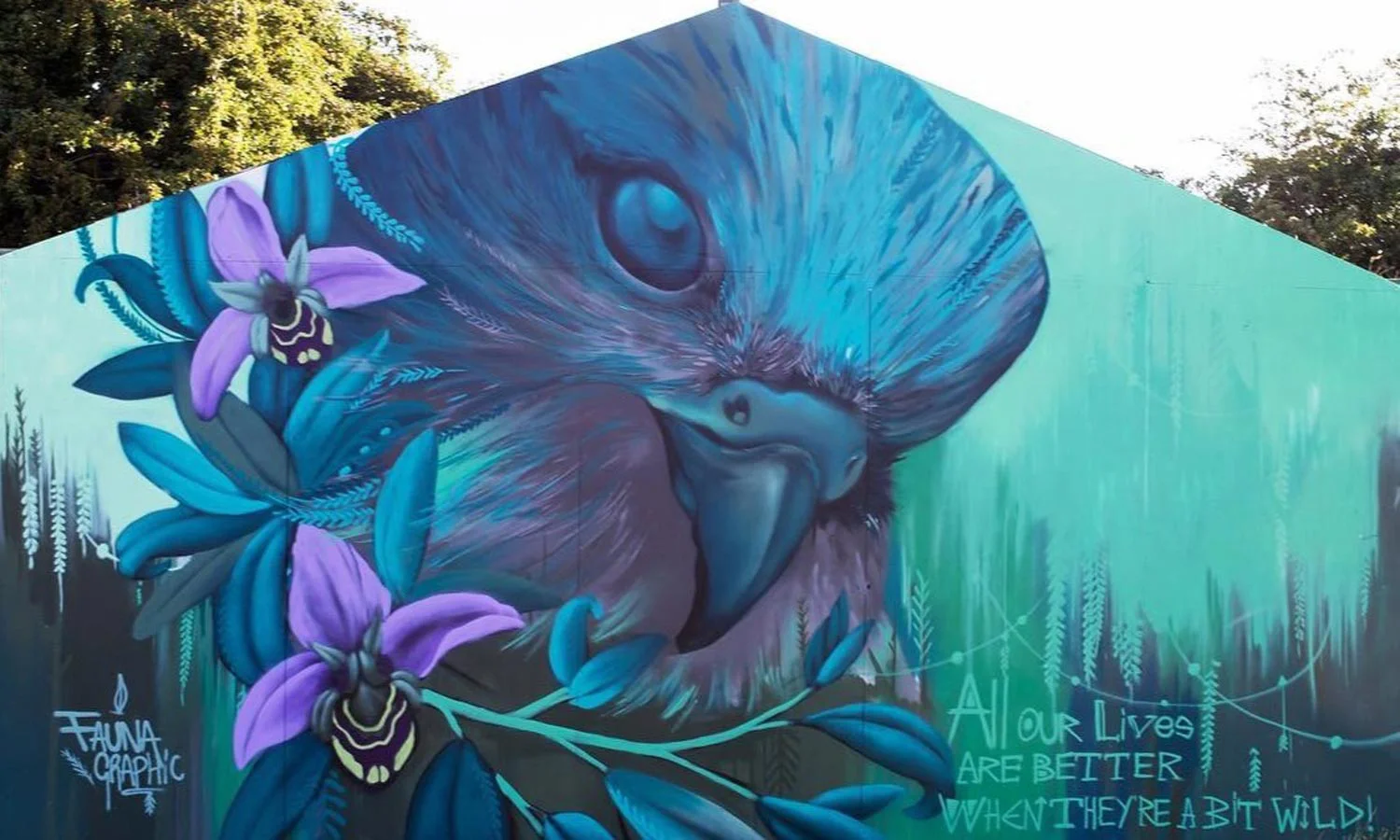Armed with a Ph.D. in Ecology, Evolution, and Conservation Biology from the University of Nevada at Reno, Dr. Lisa “Cali” Crampton is no stranger to the intricacies of avian ecosystems.
Her doctoral research explored the ecology and conservation of Silky-flycatchers (Phainopepla nitens), shedding light on the plight of these threatened passerines in southern Nevada. Not content with theoretical contributions, she led a dynamic team in designing an adaptive management plan as part of the regional Habitat Conservation Plan, a planning document that is recognized by the U.S. Fish and Wildlife Service as part of the enforcement of the Endangered Species Act, ensuring the preservation of threatened desert woodlands crucial to the survival of Phainopeplas and other sensitive species in Nevada.
Avian malaria has recently been discovered in southern Chile and the introduction of beavers decades ago is partially responsible.
Hardly anyone visits the desolate outpost of Coldfoot, one of Alaska’s few communities outside the Arctic Circle accessible by road. Its 34 residents live in rustic accommodations along the Dalton Highway. The town’s highlights include an inn, a café, a gas station and a basic airport with a gravel landing strip. All day long, 18-wheeler fuel trucks thunder by on supply runs between Fairbanks and the oil fields of Prudhoe Bay further north. Some will stop to eat and tank up at Coldfoot because the next human habitation is 234 miles away, a town grimly named Deadhorse.
They say Coldfoot got its name from the days of the 1900 Gold Rush when miners would come as far as this remote settlement before getting “cold feet” and turning back. It’s still a lonely place, but one unexpected visitor showed up recently inside an infected Swainson’s thrush (Catharus ustulatus): the avian malaria parasite, Plasmodium circumflexum.
In 2011, scientists tested 676 birds representing 32 resident and migratory bird species captured from three northern locations in Alaska: Anchorage (61°N), Fairbanks (64°N) and Coldfoot (67°N). In Anchorage and Fairbanks, they found 49 birds infected by Plasmodium parasites. In Anchorage, even resident birds and hatchlings of species such as the boreal chickadee (Poecile hudsonicus), the varied thrush (Zoothera naevia) and the fox sparrow (Passerella iliaca) were found infected. The parasite was also detected in black-capped chickadees (Poecile atricapillus) and a myrtle warbler (Dendroica coronata coronata) in Fairbanks, indicating that transmission had occurred locally.
If you were alive in the year 1970, more than one in four birds in the U.S. and Canada has disappeared within your lifetime.
According to research published online in September by the journal Science, wild bird populations in the continental U.S. and Canada have declined by almost 30% since 1970.










